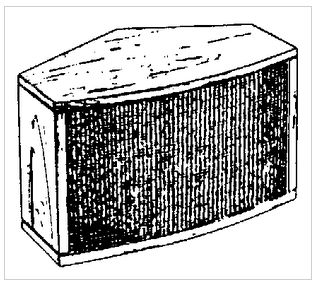Trade dress is a type of trademark that originally only included the packaging or "dressing" of a product. In recent years, trade dress has been expanded to include the design of a product (i.e., the product shape or configuration).
Product packaging can be registered as a trademark if it is distinctive and not functional. The U.S. Patent and Trademark Office (USPTO) considers the same issues when determining the registrability of product designs.
FUNCTIONALITY
The USPTO considers one or more of the following factors to determine the functionality of a product design:
- The existence of a utility patent that discloses the utilitarian advantages of the design sought to be registered;
- Advertising by the applicant that touts the utilitarian advantages of the design;
- Availability of alternative designs; and
- Ease or economy of manufacture.
The first factor – a utility patent claiming the design features at issue – is strong evidence that those features are functional (and can be dispositive in some cases). Bose Corporation learned this the hard way when it was refused registration of this design for its Bose 901 Series III loudspeaker:

The Federal Circuit agreed with the USPTO that Bose's design was functional because "a five-sided speaker enclosure (the configuration of which is identical to that sought to be registered) was the subject of a Bose patent (Patent No. 4,146,745) as part of a speaker system — the matrix of which is claimed in Patent No. 3,582,553." In re Bose Corp., 772 F.2d 866, 871-72 (Fed. Cir. 1985).

Bose Patents
The key takeway for intellectual property owners is that functional product features can only be protected through a limited-duration utility patent, and not through the potentially unlimited protection of a trademark registration (because trademarks can be renewed in perpetuity).
DISTINCTIVENESS
Unlike product packaging, product designs can never be inherently distinctive. Therefore, the applicant must demonstrate that the design has acquired distinctiveness through sales figures, details of advertising and promotional expenditure, and examples of promotional material. Consumer surveys may also help establish that consumers chiefly associate an otherwise non-distinctive mark with the trademark owner and its products or services.
The content of this article is intended to provide a general guide to the subject matter. Specialist advice should be sought about your specific circumstances.
